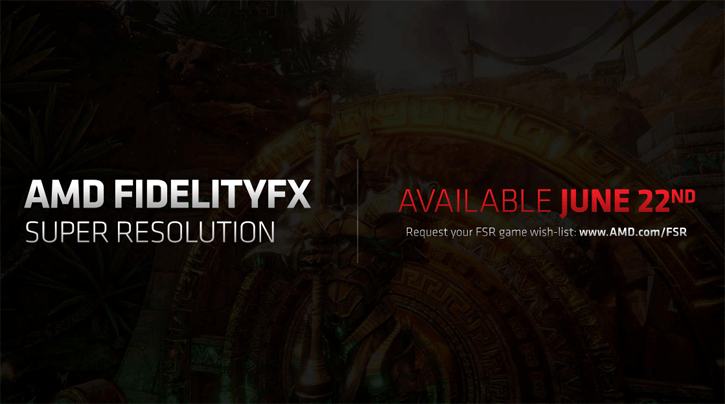Final Words & Conclusion
Concluding
We don't have to write pages full on AMD's new feature, FSR as a technology works. If you need faster framerates and apply it, this will absolutely help you boost your framerates. However it's a temporal scaler, and these have been around for years. These have built a reputation with compromises on image quality at some point in games. The tricky thing here is; some people will hate that, others would never even notice it. We feel the quality and Ultra quality modes are acceptable enough to use and read this line well. The performance and balanced modes are a downright offense to PC gamers.
What AMD presents here today is nothing new in a sense; it's a renovated spatial upscaler with an added sharpening pass. While I understand that might sound a bit harsh, we feel this is nothing more than an athletic move to create a feature to answer NVIDIA's DLSS. AMD has ignored AI machine learning-based algorithms for years now, and failed or ignored implementing technology like that at a hardware level. Within that mindset, they needed some solution as it is biting them in the toosh lately. This became far more apparent with the release of the Radeon RX 6000 series concerning Hybrid Raytraced games. It's there where they lag behind.
Make no mistake, though; FSR as an implementation does work well! And it is going to help exactly in situations with Raytracing performance quite a lot. But think about what I write here; the industry is introducing technologies like raytracing to gain closer to reality image quality, but then is lowering your game image quality to boost your performance. This I find to be a contradiction and the dilemma I am fighting while writing this.
It was not any different for NVIDIA in the early stages of DLSS. DLSS started out as a deep learning algorithm from the first version, however, got so much lot better with DLSS 2.0 as NVIDIA can train their algorithms. AMD's Super Resolution is a purely spatial upscaler, and it's questionable how far you can get with that other than changing the input resolution and thus lower performance. AMD's technology does not feed itself with more information than an original image and a depth map. DLSS can make use of thousands of images to train from. In that mindset, FSR will be an intermediary solution to fill a performance gap at a cost; we feel AMD needs to embrace deep learning. In the end, we feel the Ultra quality mode is not bad at all, the real thesis here however goes like this; is not bad at all good enough?
It's time to close this article. Seven games will support FSR starting this month including Anno 1800 and Godfall. In addition, twelve titles are listed that will receive FSR support "soon", such as Baldur's Gate 3, DOTA 2, Far Cry 6, and Resident Evil Village. I'll end this article with an open question towards the graphics card industry, applying to AMD, Intel, and NVIDIA. Why did tinkering with image quality become a norm and is that deemed to be acceptable?
- Sign up to receive a notification when we publish a new article.
- Or go back to Guru3D's front page
- Hilbert, LOAD"*",8,1.


